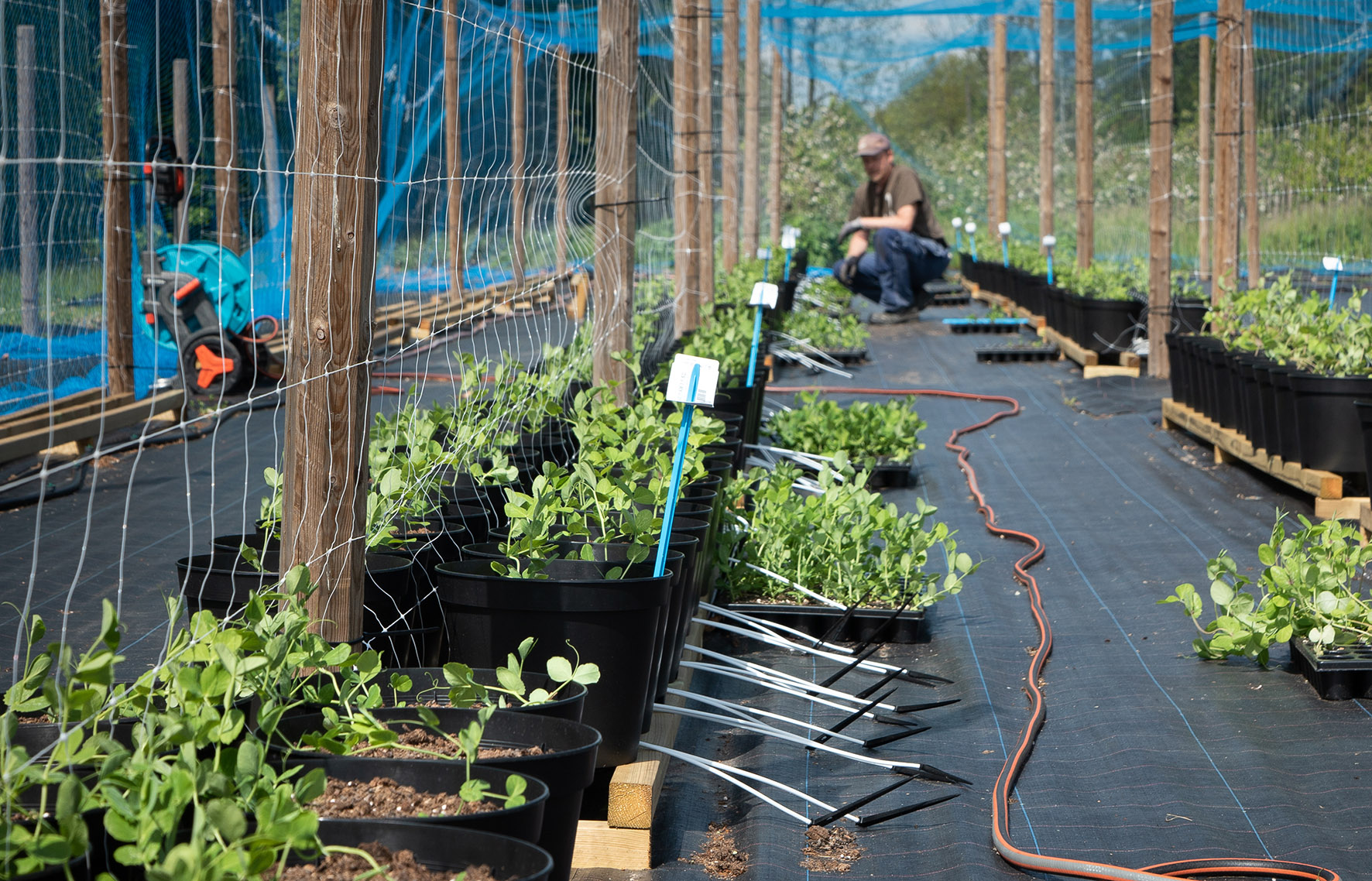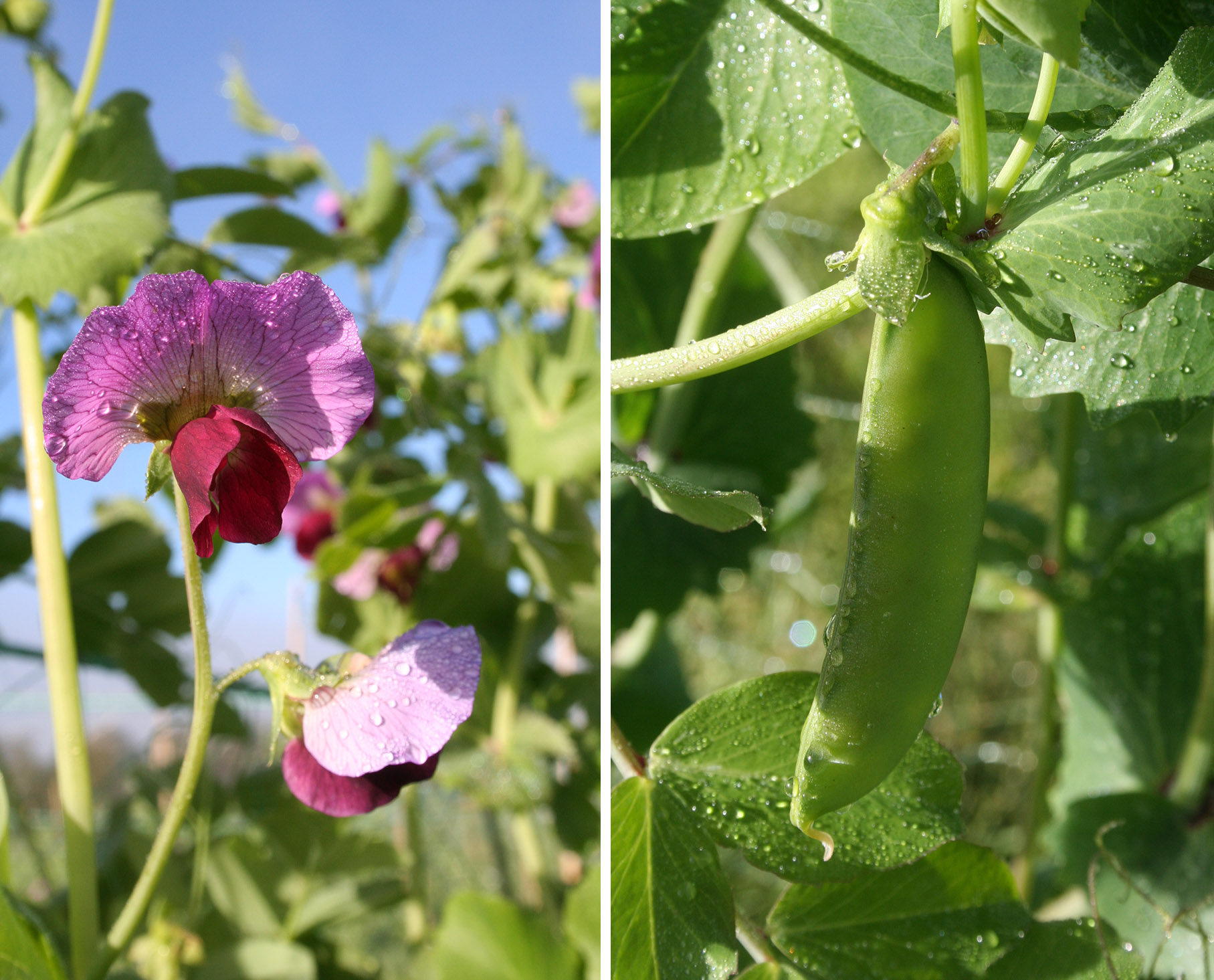
PLANTBASED PROTEIN
The impact of climate change is becoming increasingly clear for every year. As a result of the debate, the demand for plant based protein food is on the rise, not least when it comes to domestic production.
The Nordic countries have a long cultivation tradition of legumes such as fava beans and peas. Given the increased interest, the future of Nordic cultivation of legumes should be brigth. An increased domestic production would also bee positive for Nordic food security and a climate-smart alternative to imported soybeans. Legumes such as peas also have the capacity of fixing nitrogen in the fields, a property with many benefits.
NordGen's collection includes lentils, beans and more than 2.000 accessions of peas – an asset that can be of importance for the future Nordic plant breeding. Below you can read more about some of our work with legumes.

Key Activities 2021
Photo Documentation
In 2021, a large part of NordGens seed samples of beans and peas were photographed. In total 2.227 accessions were photographed, 1.908 of these were peas. Thereby valubale information about the visual characteristics of the original seed samples are available.

Peas for Northern Cultivation
As described in the previous chapter Projects, the results of the project Arctic Pea was published in 2021. During the years 2018 and 2019, the selection of 50 accessions selected from NordGen’s pea collection was tested in four different locations in the Nordic region: Tromsø (Norway), Umeå (Sweden), Jokioinen (Finland) and Taastrup (Denmark).
For example, the results showed that landraces (i.e. populations of cultivated plants adapted locally where they were grown but not developed by commercial plant breeding) did well. Among the accessions that had high seed yield (about 13 dry grams of seeds per plant) were one cultivar and three landraces. Also when it came to the protein concentration of the peas, a number of landraces ended up at the top. Two landraces and two cultivars showed a protein concentration above 27 percent.
Many of the accessions that performed best at the northernmost cultivation sites in Tromsø and Umeå were sugar pea landraces gathered from northern locations.
